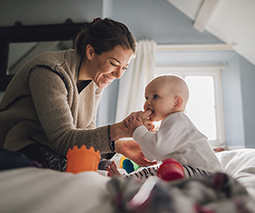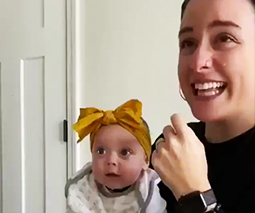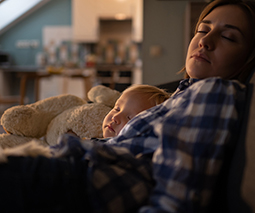Maggie Dent: Neuroplasticity and how we can help wire our kids’ brains
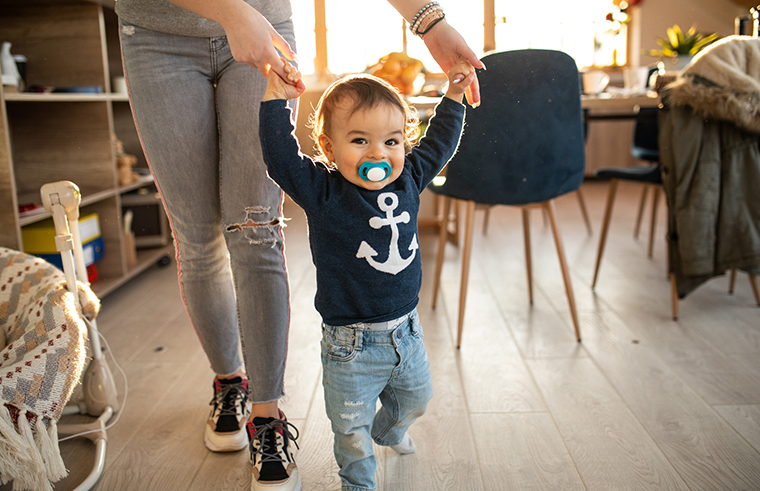
‘Neuroplasticity’ has become a bit of a buzzword and if you’ve heard it before, you’ll already be familiar with the idea that, with a little work, it’s possible for us to rewire our brains.
But how does neuroplasticity relate to parenting and how we raise our children?
Maggie Dent is a parenting educator and author and has seen neuroplasticity in action in young children. She thinks that if we as parents can understand how childrens’ brains develop, we will understand our children a whole lot better as they grow and mature.
What is neuroplasticity?
Plasticity – or neuroplasticity – refers to the brain’s amazing ability to change and adapt, and describes how real life experiences build neural pathways in the brain. This is particularly important in human babies because while they are born with an enormous 100 billion neurons (brain cells) in their brain, they have almost no existing neural pathways – so there is a lot of work to be done from the very first day of life.
And while it is never too late to learn, experts consider the first five years of life as the most critical for neurological development because it is during this period that the brain is the most plastic (creating neural pathways at lightning speed).
So why do human babies, unlike other babies, have so few neural pathways when they’re born? Maggie says that we can blame those big newborn heads!
“Our babies are just under-developed. That is so that the head of the baby is small, because no woman wants a bigger head coming out that birth canal! So everything happens after [birth] – that means every new thing, every face they see, they’re building these connectors. There is an estimate that’s about a million synapses per second in the first few years of life,” she explains.
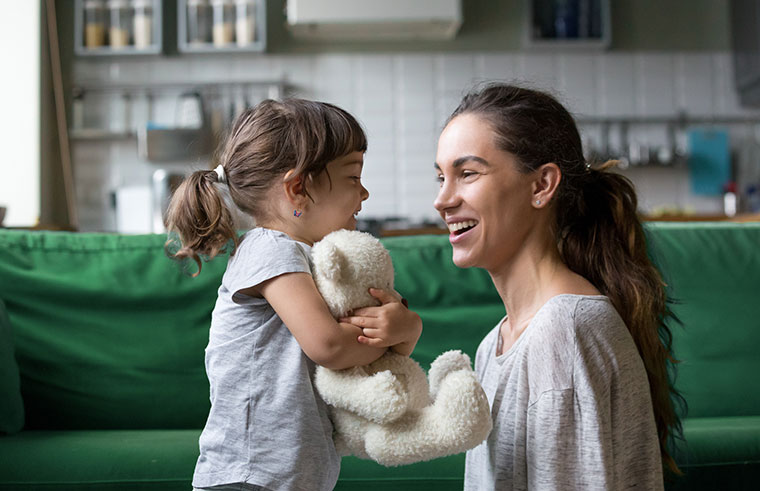
Modelling, encouraging (and sometimes undoing) new behaviours
Neuroplasticity explains why children (and adults) have to learn through repeated practice – it’s not enough for parents to show their child a new skill. The child has to try and try and try some more before they can master the skill. And while this seems perfectly normal and appropriate for gross motor skill development like crawling and walking, laying down strong neural pathways is just as necessary for behavioural skills too – and this is where parents often lose sight of how children learn these new habits.
“One of the unpleasant things that children do that’s quite developmentally normal, is bite. Biting’s a really normal behaviour – there’s a whole list of reasons why. There’s no little toddler that says, ‘I want to start eating people, or hurting people’. There’s no intention, but you know what, sometimes the soft arm feels quite good on my teeth, or I’m just needing to do a bit more movement in my mouth area,” Maggie says.
“If a child keeps doing that, then the neural pathway becomes stronger. So the more time that we wire it, the more it gets so it becomes a habit we would prefer [them not to have], so our job every now and then as parents is to ‘unhabit’. I know that’s not an English word! But ‘unhabit’ the bad habits and ‘rehabit’ with a new habit. Which is why it can take ages, and why we have to do it over and over and over and over with little ones.”
Listen to Maggie Dent on Feed Play Love:
Mind your manners
As a parent, it can feel frustrating when you feel like you’ve taught a lesson – but your kids are choosing to ignore you. Keeping in mind that part of the process is repetition can be helpful. Reminding your child to say ‘thank you’ and ‘please’ every single day does actually have a purpose – and from this repetition, they WILL eventually learn the habit of good manners.
“Manners is really interesting because actually, the research is really, really strong that the best way to teach your children effective use of manners is absolutely 98 percent modelling,” Maggie explains. “But there’s also something that we know too: your children can have a great understanding of manners and just choose not to use them around home. When we’re on their case all the time, we also make it like less enjoyable for them. I think that’s where we’re overzealous sometimes, in the way that we try to make sure [they’re using their manners, and] because they’re not using them in front of us, we assume, incorrectly, that they haven’t got it.”
It takes time to build the neural pathways of dressing ourselves, feeding ourselves, toileting ourselves, and the more stress parents put into those situations, the less likely the brain is to do the connecting.
So Maggie makes a convincing case for keeping the teaching stress-free: “I think the biggest challenge in the busy world we’ve created for our families is, ‘Do I have the time to put the energy into making those [neural pathways]?””
When time is a limited resource, it can seem sensible and sanity-saving to help littlies do the tasks that they should be doing for themselves, just to save on the mess and fuss that comes with toddlers attempting anything solo. But parents are not doing anyone – child or adult – any favours by endlessly stepping in to assist.
“If you watch a little toddler learning to walk, they do not see falling over as a failure, because it’s wired into them that this is where we’re at and we’re going to do it over and over and over again,” Maggie says.
When it comes to building new habits and behaviours, learning through trial and error, it seems, is literally the way forward.
